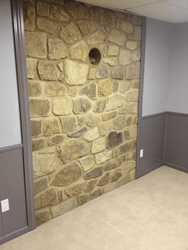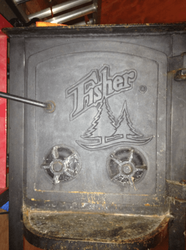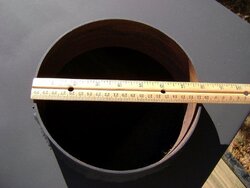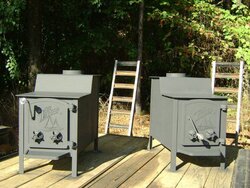- Jan 17, 2013
- 4
Hello everyone, I have been a short time lurker reading articles about wood head and quickly discovering that this is something I want to tackle. I have a home built in the late 80's with a fireplace on 1st floor and spot for wood stove in basement. The i.d of the basement flue is 7". The stove: I was able to scoop up a Fisher Mama Bear for very cheap and seems to be in great condition.
I would like to build a concrete hearth and get it attached to the chimney.
1st. question.
recommendations on pipe setup with stove i.d to be 6" and chimney flue opening 7" i.d.
2nd. hearth size recommendations.
I have the original documentation about recommended hearth sizes and wondered if anything has changed.
3rd. Any lessons learned about pouring a concrete hearth size, height?
Looking around the net for a 7" stove pipe reducer and not getting any luck. Not seeing anything 7" at all. Any thoughts?
thanks ahead of time. looking forward to becoming a wood heat aficionado.
I would like to build a concrete hearth and get it attached to the chimney.
1st. question.
recommendations on pipe setup with stove i.d to be 6" and chimney flue opening 7" i.d.
2nd. hearth size recommendations.
I have the original documentation about recommended hearth sizes and wondered if anything has changed.
3rd. Any lessons learned about pouring a concrete hearth size, height?
Looking around the net for a 7" stove pipe reducer and not getting any luck. Not seeing anything 7" at all. Any thoughts?
thanks ahead of time. looking forward to becoming a wood heat aficionado.




 proof that codes can't be written for every circumstance.
proof that codes can't be written for every circumstance.
